There are times when people move out and move away for good. Then there are times when the natives return. However, there are unusual times too! That’s when the uninvolved and the unlikely come looking to decipher an unfamiliar, almost forgotten bond to their roots! For ace photographer Chirodeep Chaudhuri, his book A Village In Bengal: Photographs And An Essay is all that and more!
A Village In Bengal: Photographs And An Essay published by Picador India is a rare work. Chaudhuri is best known for his work as the chronicler of time telling devices, where he captured almost all the public clocks scattered around South Bombay. His book A Village in Bengal is a time tale of a different kind, but a time tale nonetheless.
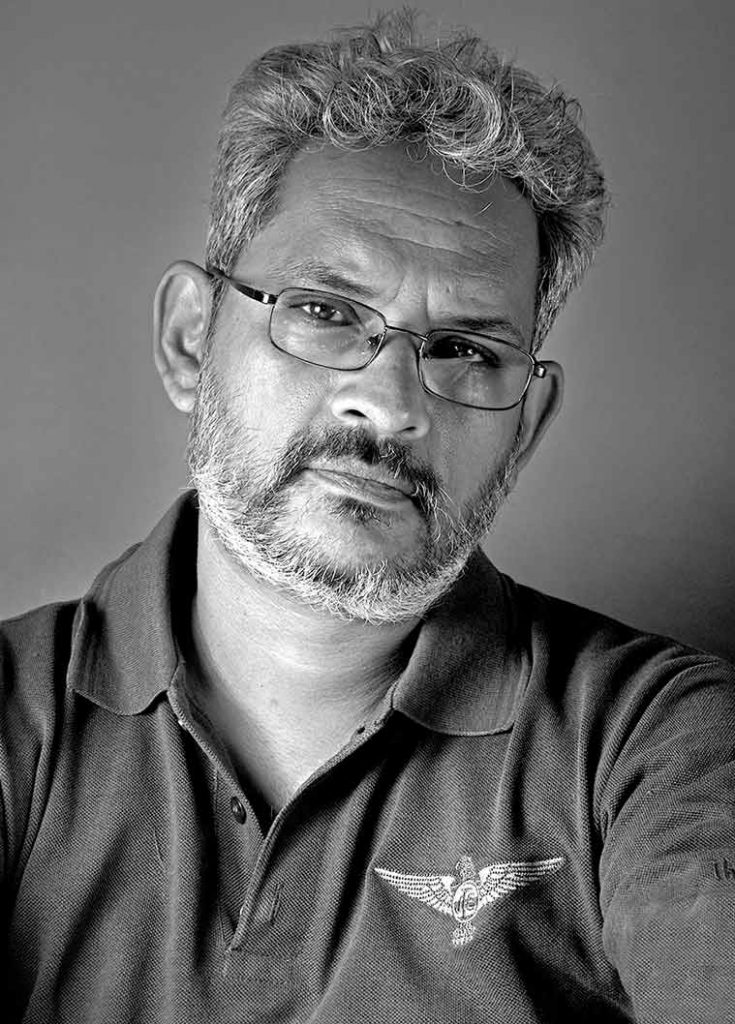
The author is both photographer and writer in this case. In his essay he talks about his growing up years in Chembur, Bombay where he spent most of his life. He also talks about how he discovered the nuances of an ancestral Durga Puja at his native Amadpur village in West Bengal. After several journeys back and forth between Bombay and Amadpur, with a few more bouts of self-doubt, he finally decided to document the village way of life in the backdrop of a centuries old Durga Puja. His account of memories is as riveting as the photographs themselves.
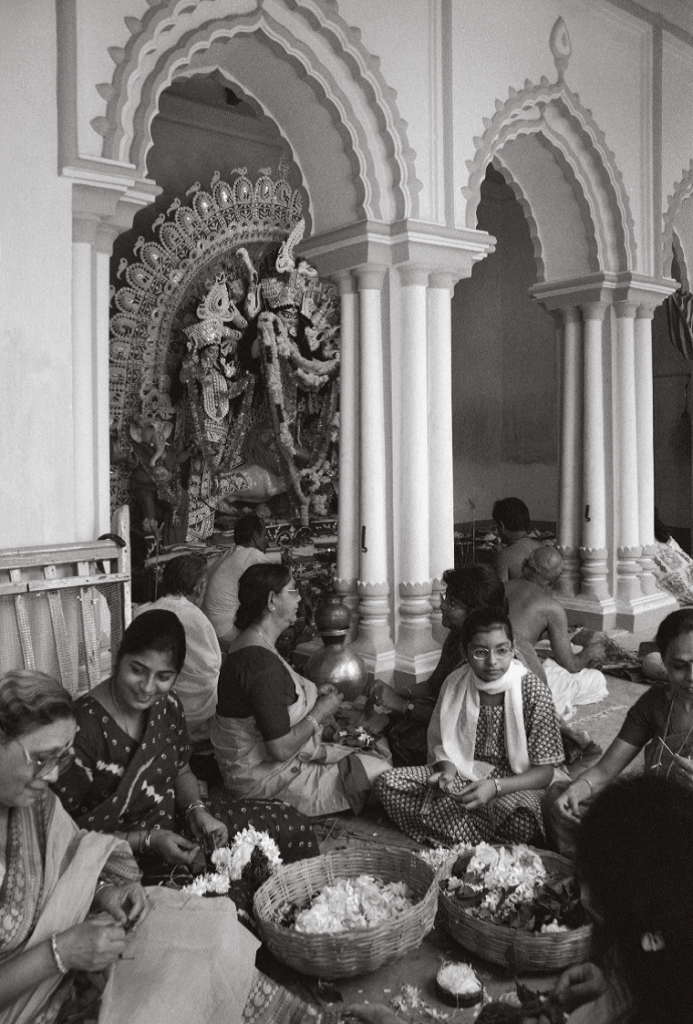
He confesses his journey back to his roots in Amadpur is strictly personal, given the fact his father grew up in Kolkata and shifted to Bombay where he worked and set up a home. The artist naturally has always lived his life in Bombay. Though the artist was not a frequent visitor to Amadpur during his childhood, he later made it like a personal aim to go back to his village every autumn.
At the onset Chaudhuri mentions how deeply he has been influenced by the works of Satyajit Ray’s Pather Panchali and other luminaries such as W Eugine Smith, Werner Bischof, Don McCullin, Elliott Erwitt and Walker Evans. He also mentions how he went back to their works again and again not just for critical observation but also to learn the nuances of documenting art in ordinary things.
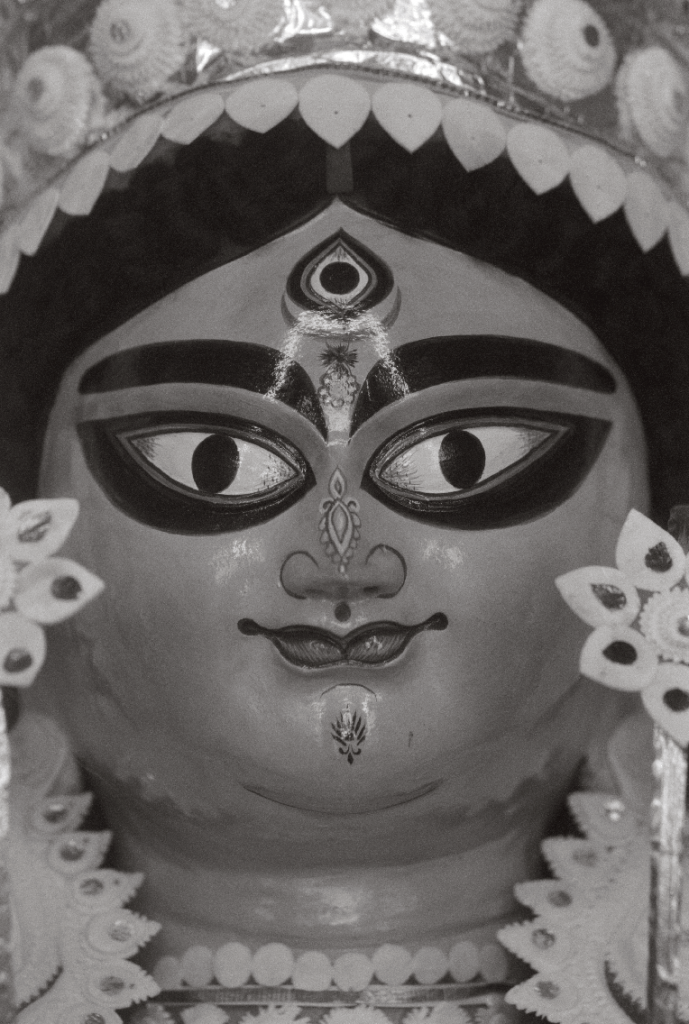
Each frame not just captures life but also the essence of life. Terracotta temples rising from nothing, and going back to nothing. All that lies in between is a collection of happy memories. There is another shot of a married, middle aged couple deep in conversation while the rest of the household is busy with routine. There are also extensive shots of fishermen, villagers in Memari market, children and ducks crossing lanes with an equal air of irreverence to everything around them, people enjoying late afternoon dips in the village pond (dighi), the oldest trees spreading invisible influence among all things underground and many more.
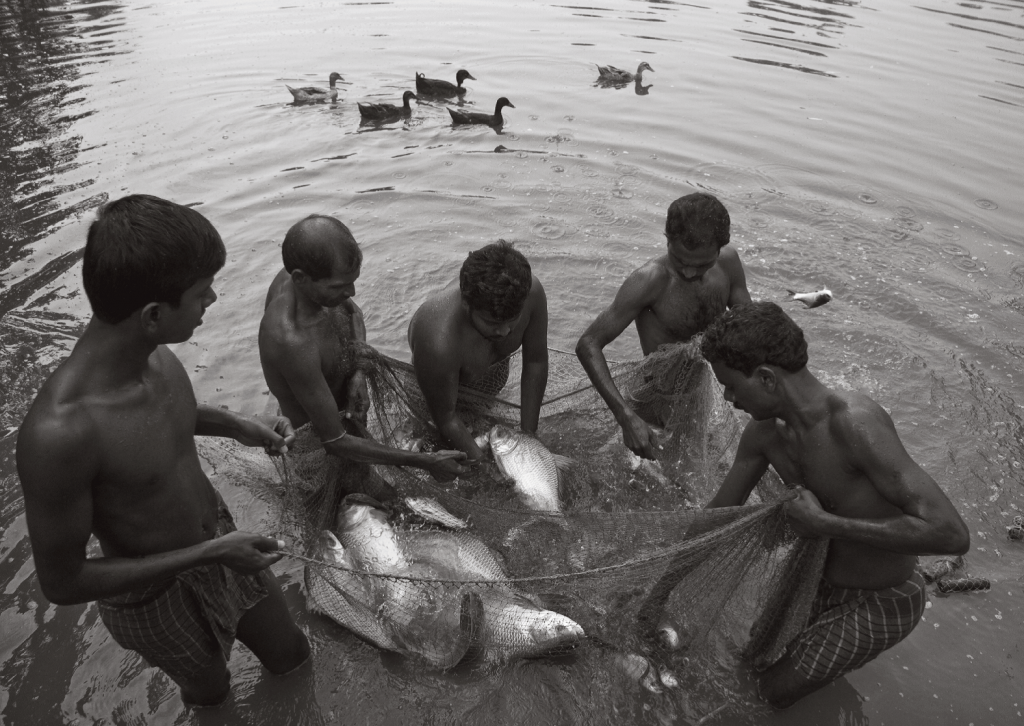
But the primary motif of the book is Durga, Khepa Kali and Durga Puja. Set in the Chaudhuri household who were yesteryear zamindars, moments of the puja are captured over a period of several years. The women in the family make for a strong presence in the puja. Whether it is their moods, or their silence or their chatter, each expression grows louder with the help of Chaudhuri’s lens. Another highlight is the manner in which the rituals are performed and the body language of those performing it! Each figure has a different story to tell.
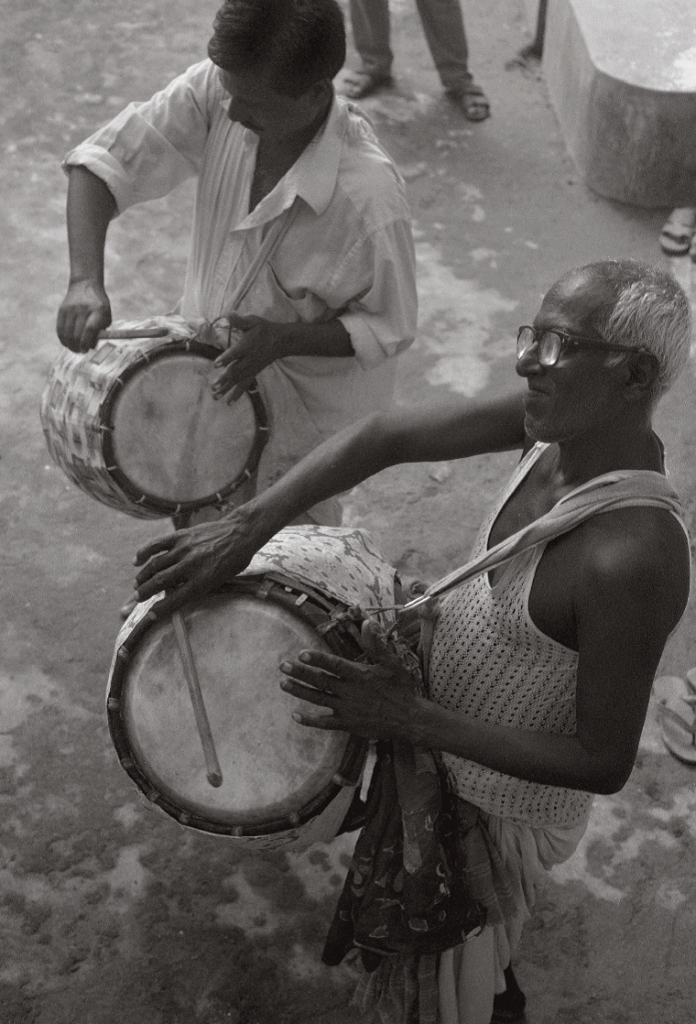
Yet, the recurring images of the book are the roads of the village or probably the lack of them. While the road images in the initial pages lay bare the sad truths about thrifty village panchayats and their whimsical skills at building rural infrastructure, the ones that come in later pages have a different story to tell.
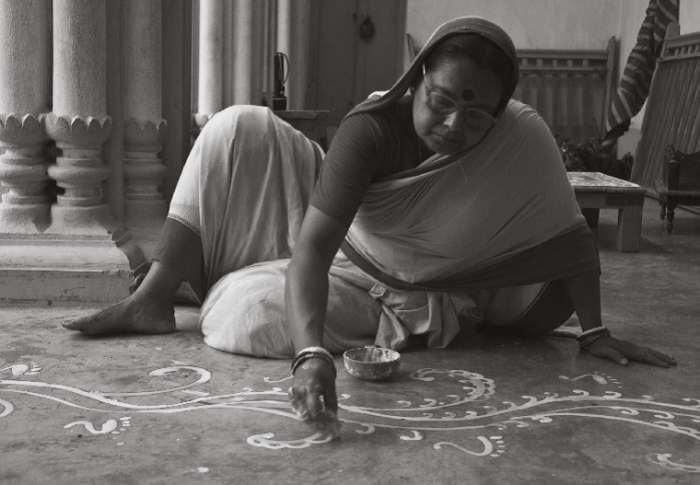
Those roads seem more like inroads into the artist’s soul. They kind of bring out his strong association with his environment in the village, unlikely for someone who has never been a regular visitor let alone growing up there. In the author’s own words ‘Amadpur was exotica’ at one point till he began to dig deeper.
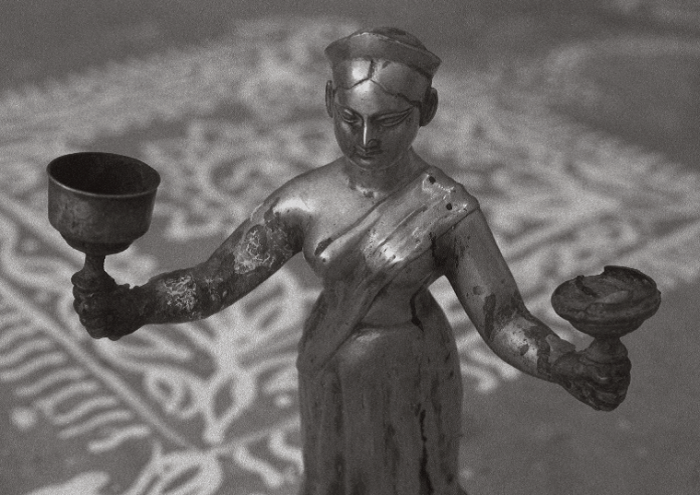
Yet, somehow it seems to have had a lasting impact on his mind and soul. The outsider soon became an insider, so much so that he could actually begin to feel the pulse of the people in his native land. The lines between city-bred and village-bred seemed to be slowly but surely fading within himself, as he set out soul searching in an unlikely hinterland. A cluttered metropolis is never enough to tap such emotions at a basic level.
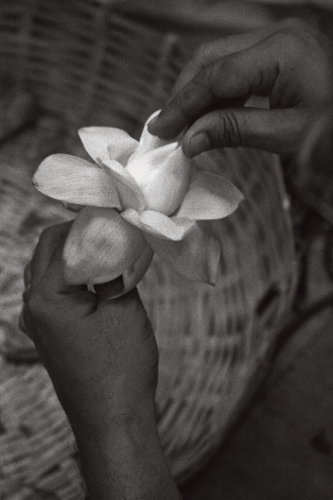
In every sense the book is about the return of the native. The native mind, the native dissociation and the inevitable native longing for all things that lead us to the essence of life, Mother Nature.
All photos used in this article are by Chirodeep Chaudhuri.
A writer, journalist and radio presenter based in Kolkata.





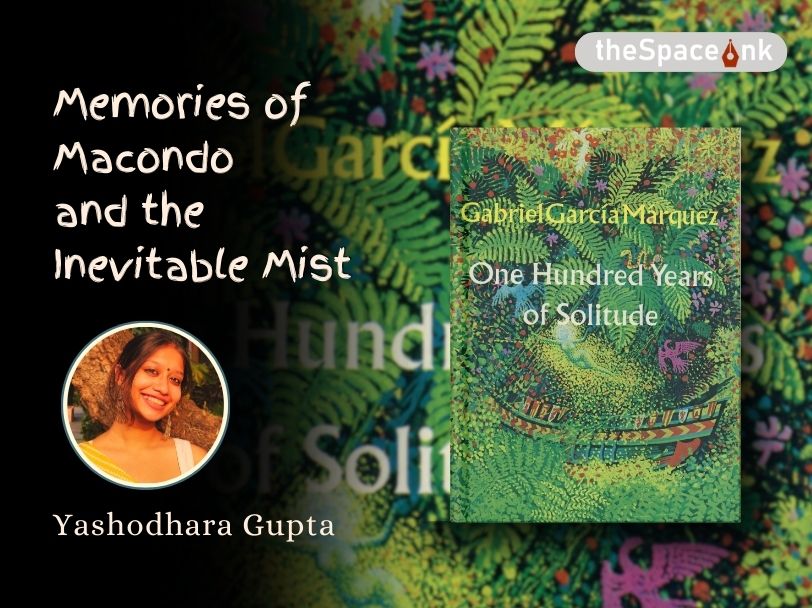
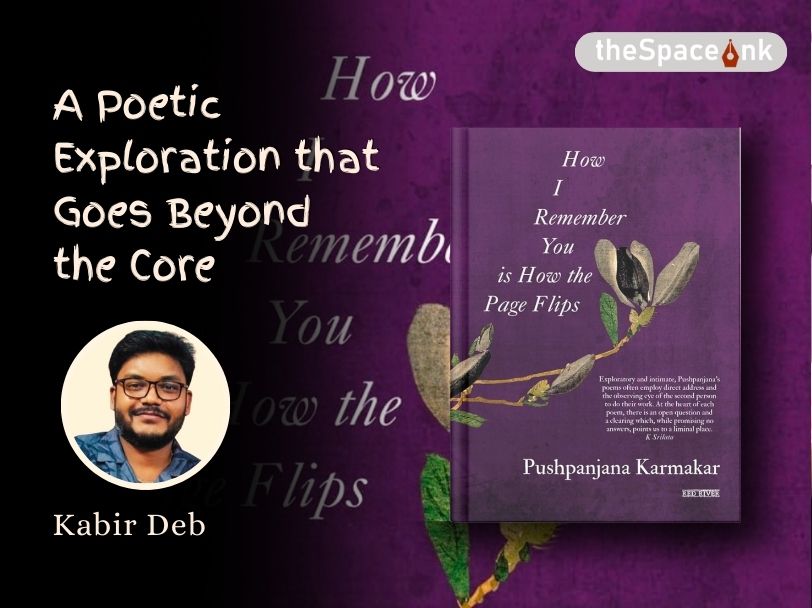

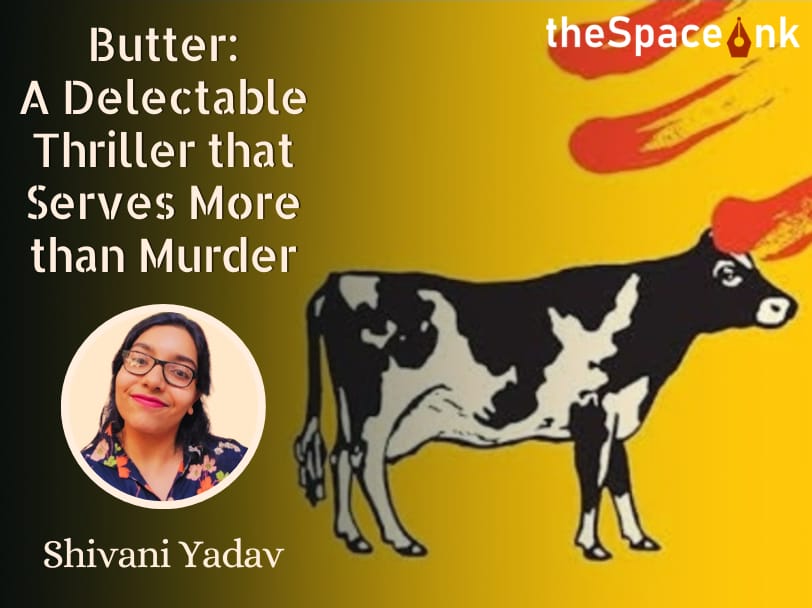
One Response
Wonderful